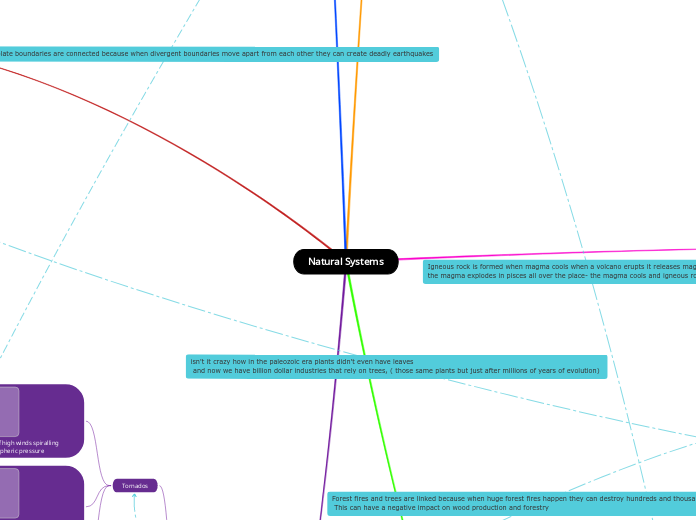by Lily Bellamy 3 years ago
315
Natural Systems
The Western Cordillera region, a prominent area known for its beautiful landscapes and popular tourist destinations such as Banff and Jasper National Park, is characterized by its mountainous terrain interspersed with plateaus and valleys.









